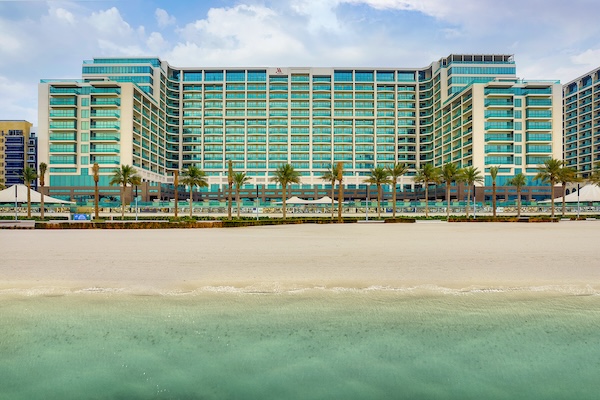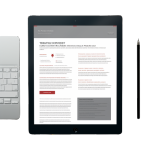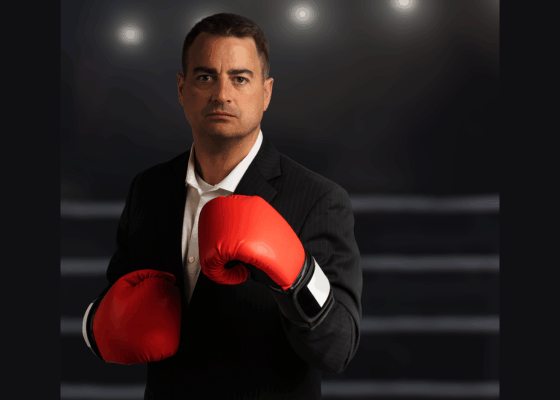
Marriott International bucked the trend of declining RevPAR in the second quarter—at least internationally. While global RevPAR at the world’s largest lodging company by total rooms increased 1.5% year-over-year in the second quarter, it jumped 5.3% in international markets. The laggard was a combined U.S. and Canada with a 0.1% decrease in actual dollars. Marriott now expects flat to 1% RevPAR growth in the third quarter and 1.5% to 2.5% for the full year, with growth still expected to be meaningfully stronger internationally than in the U.S. and Canada.
The numbers are in contrast to Marriott’s biggest competitor, Hilton, which reported global RevPAR down 0.5% in Q2 versus the same time a year ago, while U.S. RevPAR decreased 1.5%. The declines were even more pronounced at Wyndham Hotels and Resorts.
Tony Capuano, president and CEO of Marriott International, referred to operating in a period of “notable macroeconomic uncertainty” on an earnings call with analysts. RevPAR growth was strongest at the high end, with luxury RevPAR up 4%. It weakened moving down the chain scales—below Marriott’s prior expectations—with Q2 RevPAR in U.S. and Canada select-service and extended-stay properties declining around 1.5% YOY, primarily due to a decline in government demand, said Capuano. Around 66% of Marriott’s government revenue comes from the select-service segment.
RevPAR declines contrasted with a robust development pipeline. Second-quarter deal signings rose 35% with all regions signing more projects than in the same quarter last year, Capuano said. As a result, Marriott’s pipeline grew to a record of more than 590,000 rooms at the end of the quarter, with 40% of pipeline rooms under construction. Conversions remained a significant driver of growth, representing nearly 30% of both room signings and openings during the first half of the year and, as Marriott Internatonal CFO and EVP of development Leeny Oberg, will continue to be. “Globally, about half of hotels in the world are branded—that’s dramatically higher in the U.S. and lower outside the U.S.,” she said. “We see extraordinary opportunities for conversions extending as far as you can see into the future, particularly with the layout of soft brands that we have.”
Capuano underscored the vitality of midscale deals in the pipeline, which globally doubled from a quarter ago, he said, adding that the addition of Series by Marriott, a collection brand targeting midscale and upscale hotels, along with the continued development of City Express by Marriott will be meaningfully accretive to overall development and openings.
Like with RevPAR, luxury remains a leading segment for Marriott development. Capuano said Marriott is slated to open an additional 27 luxury properties this year, complementing its current 168,000 rooms across 670 open luxury hotels. An additional luxury 270 projects are in the pipeline.
At one point during the call, Capuano and Marriott International CFO Leeny Oberg were asked about the potential impact on development stemming from The One Big Beautiful Bill Act. Capuano made the case that the best thing about the bill, which was signed into law in July, was the level of uncertainty among consumers and owners and franchisees improving meaningfully. “Most of our owners are long-term investors. They don’t tend to jump in and out based on the ups and downs of what’s going on in Washington,” he said. “The implementation of the various components of that bill are a net positive for us.”
Oberg’s focused turned to tariffs, where they may ultimately land and the subsequent “possibility of the transaction market [starting] to open up some more” because of it.
Beyond development, Marriott is in the midst of redeploying its tech stack across its estate, including a revamped PMS and loyalty program. Capuano said it will start deploying the new cloud-based PMS in U.S. and Canada select-service hotels later this year. “It is intended to meaningfully enhance the ease with which our associates are trained on those platforms and, in turn, enhancing our competitiveness, particularly for the next generation of associates,” he said. “It should make the experience for our guests, both on property and when they’re engaging with our customer engagement centers, much more seamless, much more efficient.”
From an owner perspective, Capuano said it should drive efficiency of operations and the ability to better merchandise and sell the full range of products and services, “ideally representing some revenue upside for the owners,” he said. Marriott’s AI incubator is developing a variety of proof of concepts, Capuano said, in areas like the concierge function. Marriott is also looking at pilots in its customer engagement centers to better assist agents.
In June, Marriott announced the Marriott Media Network, a media network to help brands connect with guests across their travel journey by leveraging the Marriott Bonvoy loyalty program. “It allows us to take both the deep insights we have into travelers and their preferences and then provide that guidance and access for those advertisers across our digital platforms and our physical environments in our guestrooms,” Capuano said, adding that Marriott expects to be sharing the returns with owners as well. “It’s one of these great examples of complementary adjacent businesses that help the overall power of Bonvoy an also helps the P&L,” Capuano said.







